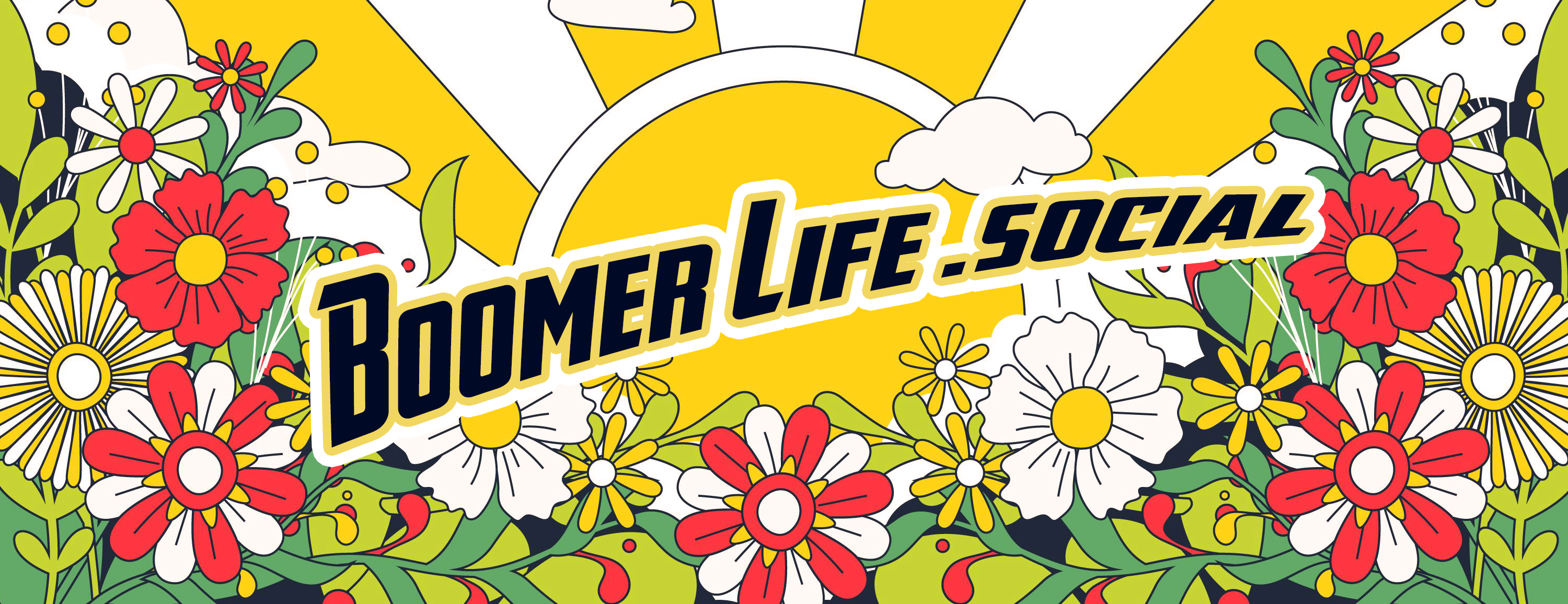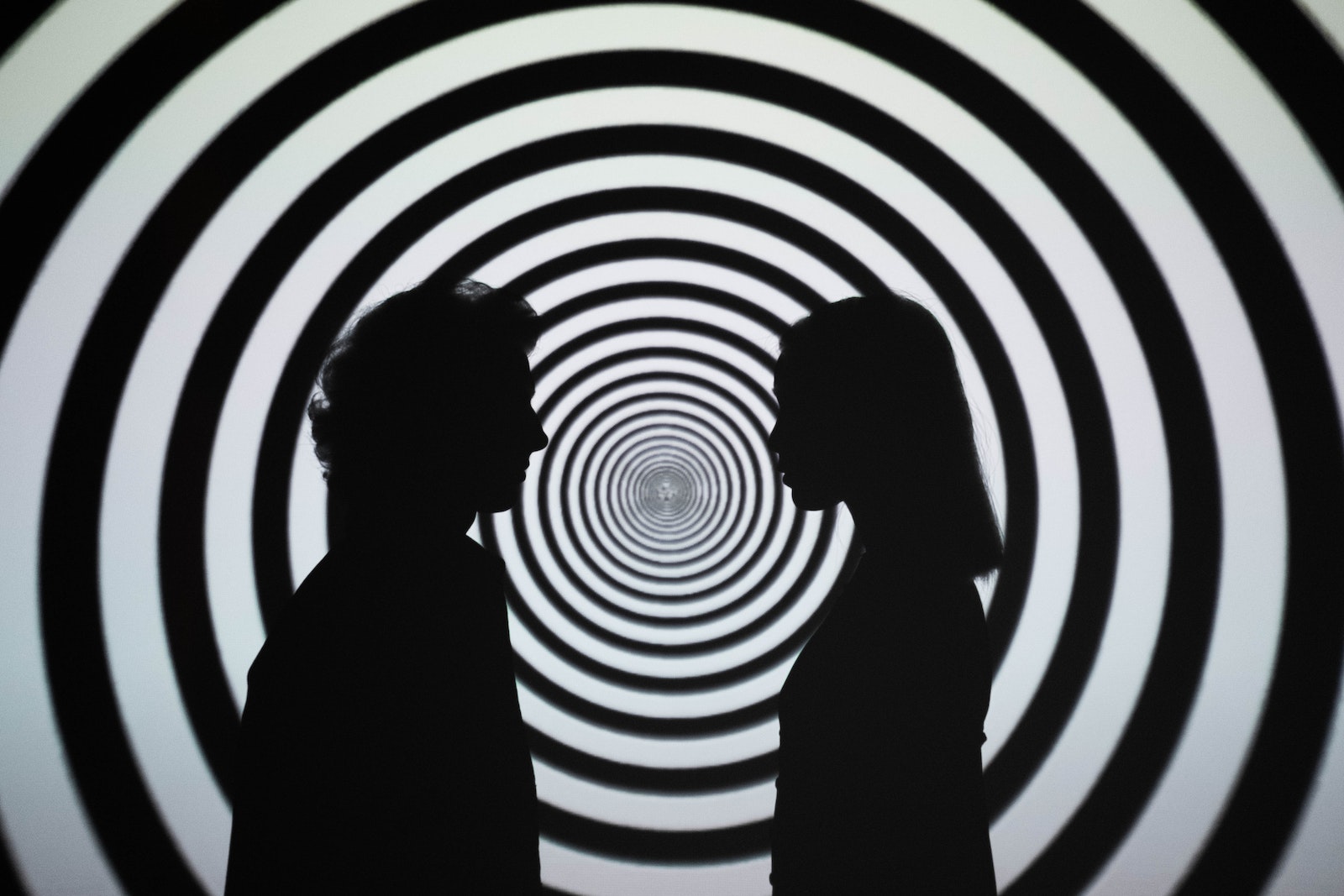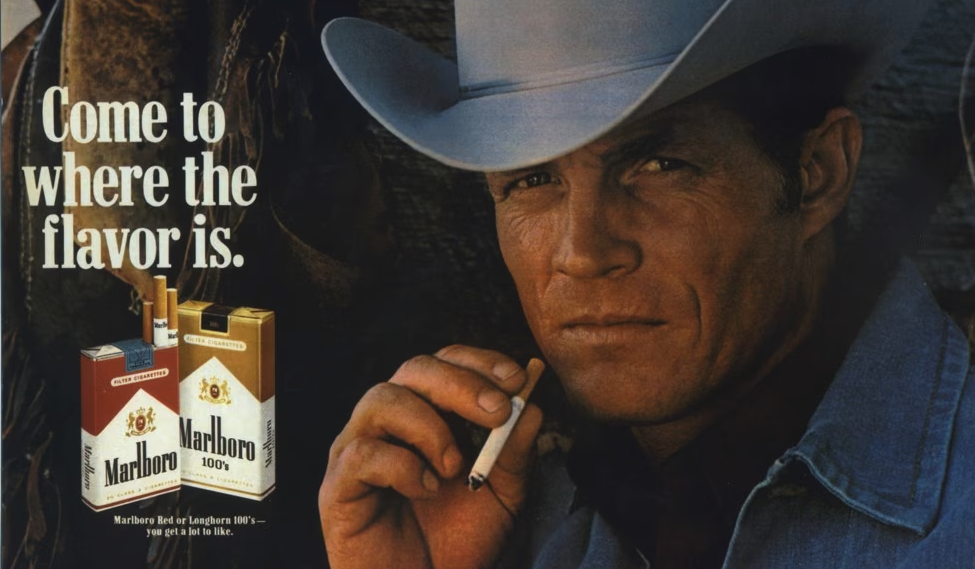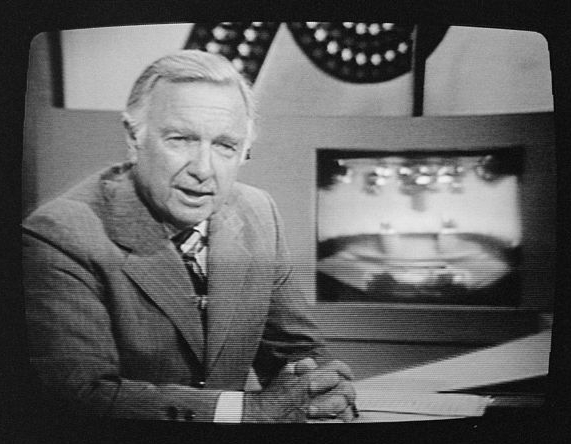Share this article with your network of friends!
For seniors who experienced the 1960s and 1970s, the era was characterized by significant cultural and social changes, including the rise of psychedelic drugs like LSD. The use of LSD, also known as acid, became emblematic of the counterculture movement, with its advocates seeking altered states of consciousness and spiritual enlightenment. In this article, we explore the prevalence and impact of LSD use during the 1960s and 1970s, as well as the lasting legacy of this psychedelic experience.
LSD: A Brief Overview
LSD, short for lysergic acid diethylamide, is a powerful hallucinogenic drug derived from ergot, a fungus that grows on certain grains. It was first synthesized by Swiss chemist Albert Hofmann in 1938, but its psychedelic effects were not discovered until 1943 when Hofmann accidentally ingested a small amount.
The 1960s: The Psychedelic Revolution
The 1960s saw a surge in interest in psychedelic substances, including LSD. As part of the counterculture movement, many young people sought alternative ways of experiencing reality and expanding their consciousness. The appeal of LSD was rooted in the belief that it could provide a means of escaping the constraints of traditional society and opening the mind to new perspectives.
LSD was often associated with spiritual exploration, creativity, and a rejection of mainstream values. Advocates of LSD use believed that it could lead to profound insights, heightened awareness, and a sense of interconnectedness with others and the universe.
Psychedelic Pioneers and Cultural Impact
LSD’s popularity in the 1960s can be attributed in part to prominent figures who openly advocated its use. Harvard psychologist Timothy Leary famously promoted the idea of “turn on, tune in, drop out,” encouraging individuals to embrace the psychedelic experience as a means of personal and societal transformation.
Music also played a significant role in popularizing LSD culture. Musicians like The Beatles, The Grateful Dead, and Jimi Hendrix incorporated psychedelic themes into their music and lyrics, further fueling interest in the drug.
The 1970s: The Backlash and Regulation
As the 1970s unfolded, the growing use of LSD and other psychedelic drugs raised concerns about their potential risks. The U.S. government classified LSD as a Schedule I controlled substance in 1970, making its possession, distribution, and use illegal.
The backlash against LSD was fueled by reports of bad trips, psychotic reactions, and the perception that the drug could lead to dangerous behavior. These negative narratives contributed to a decline in widespread LSD use during the latter part of the 1970s.
The Legacy of LSD Use
Despite its decline in popularity, the legacy of LSD use in the 1960s and 1970s continues to be felt in various aspects of culture. The exploration of altered states of consciousness, the pursuit of spiritual enlightenment, and the embrace of alternative lifestyles are some of the enduring themes that emerged from this period.
Moreover, the research into the potential therapeutic applications of psychedelics, including LSD, has experienced a resurgence in recent years. Studies have shown promising results in using psychedelic-assisted therapy to treat conditions such as depression, anxiety, and post-traumatic stress disorder (PTSD).
Conclusion
The use of LSD in the 1960s and 1970s was a significant cultural phenomenon that reflected the spirit of the counterculture movement. It represented a quest for new perspectives, spiritual exploration, and creative expression. While the widespread use of LSD declined over time due to legal restrictions and concerns about its effects, the legacy of this psychedelic experience continues to resonate with those who lived through that transformative era. Today, research into the potential therapeutic benefits of psychedelics offers a new chapter in understanding the complex relationship between psychedelic substances and human consciousness. As we reflect on the LSD era, we are reminded of the enduring desire for self-discovery and the ever-evolving quest for meaning and connection that transcends generations.
DISCLAIMER: This website contains articles for informational and entertainment purposes only. No articles on this website should be considered as professional advice for any medical, legal, or financial matter. Advertisements and content may contain affiliate links, where the website earns a commission for sales derived from our users.





